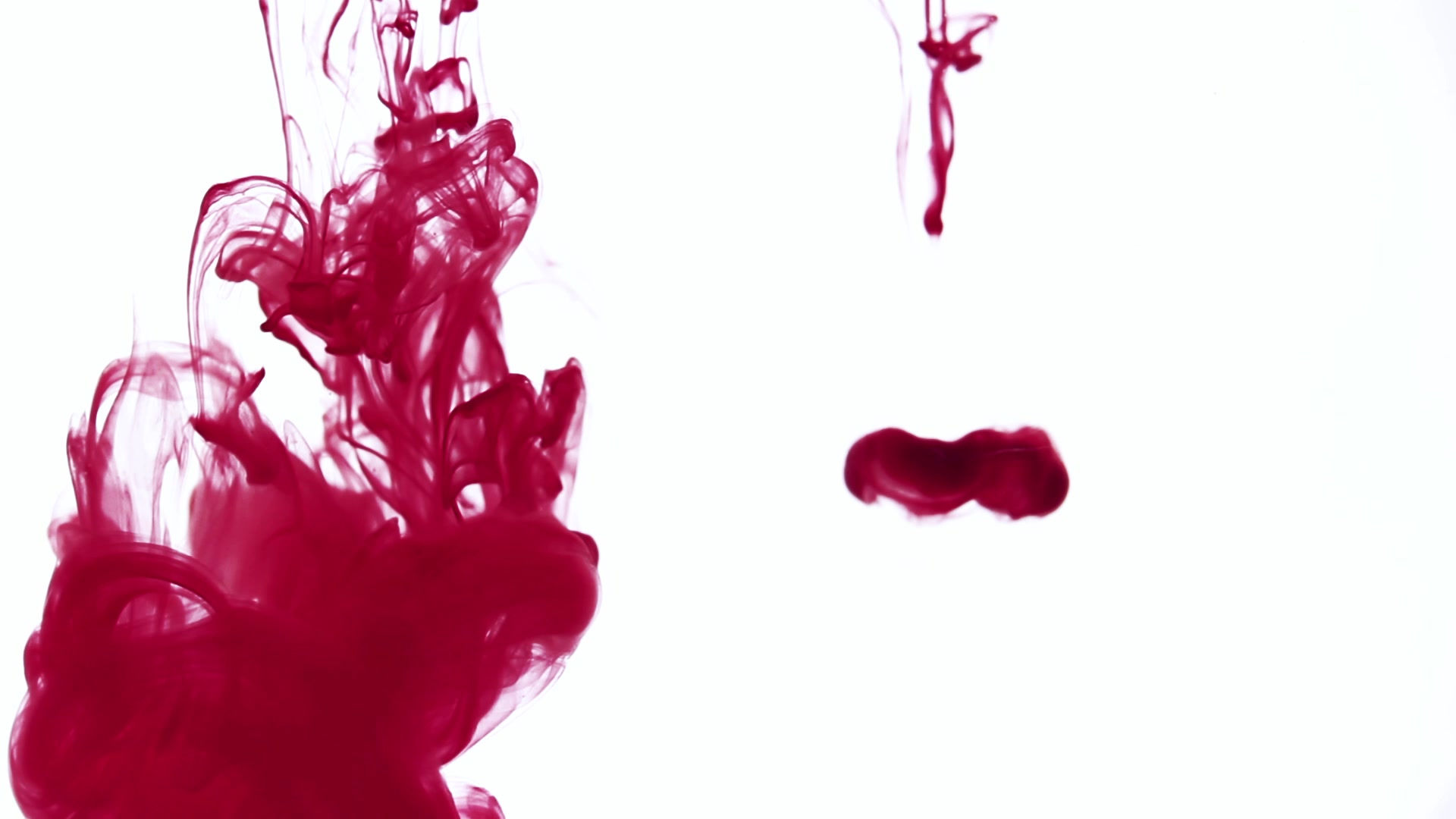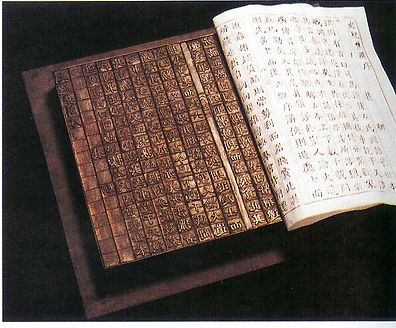
Page Title
History Projec 12
-Lailai, Jacob
In 960, an able general named Taizu reunited China and proclaimed himself the first Song emperor. The Song Dynasty, like the Tang, lasted about three centuries, from 960-1279
Song armies never regained the western lands lost after 751. Nor did them regain northern lands that had been lost to nomadic tribes during the Tang decline. Song emperors tried to buy peace with their northern enemies. The paid annual tributes of silver, silk, and tea. This policy, however, ultimately failed to stop the threat from the north. In the 1200s, a Manchurian people called the Jurchen conquered northern China and established the Jin Empire. The Jurchen forced the Song to retreat south, so the Song emperors ruled only southern China and lost trade roads, including silk road.
Song rulers build a new capital at Hangzhou, a coastal city south of Changjiang and next to the East China Sea. In there, they flourished the sea trade and the economy grew quickly.
Agriculture In about the year 1000, China imported a new variety of fast-ripening rice from Vietnam. This allowed the farmers to harvest two rice crops each year rather than one. The Chinese officials distributes seedling throughout the country to make sure the farmer know the improved rice. The agriculture improvement enable China's farmer to produce more food and the population expanded.
Inventions in Tnag and Song
Movable type, a printer could arrange blocks of individual characters in a frame to make up a page of printing. The development of movable type made printing more easier and the printer can print more books. Thus, the price of the book decrease and more people can buy books and be educated.
Gunpower, led to the creation of explosive weapons such as bombs, grenades, small rockets, and cannons. It became the important weapons in the war and it helped Tang and Song army became more powerful.
Trade Tang's armies guarded the great Silk Roads, which linked China to the West. However, China lost control over these routes after tand decline. The movement of the capital helped them to creates a new trading routes-ocean trade. The advances in sailing technology, including use of the magnetic compass, and mechanical clock made it possible for sea trade to expand. They traded porcelain, silk and art. Through the trade and travel, Chinese culture also spread throughout East Asia. One major cultural export was Buddhism.
The Status of Women
Women's status further declined during the Tang and Song period, especially in upper class. However, it is less in lower class. Peasant women worked in the fields and helped produce their family food and income. One sign of the changing status of women was a new Custom. Girl's feet were bound tightly with cloth when they were young. It was called "lili-foot". Thus, women's feet were crippled for life.
Art Chinese painting reached new heights of beauty during the Song Dynasty. Painting of this era shows Daoist influence. Artists emphasized the beauty of natural landscapes and objects. The artists did not use bright colors. Black ink was their favorite paint. A lot of people sell the art and trade with others countries to get the money.

Levels of Society
During Tang and Song times, the power of old aristocratic families began to fade. New larger upper class emerged, made up of scholar-officials and their families. A class of well-to-do people is called the gentry. The gentry attained their status through education and civil service positions rather than through land ownership.
Decline Unlike Tang, Song Dynasty declined was because the emperor collocted too less tax. The little tax cannot support the army. Eventually, China fell to a group of nomadic outsiders, the Mongols.
Chang in Chinese Society







